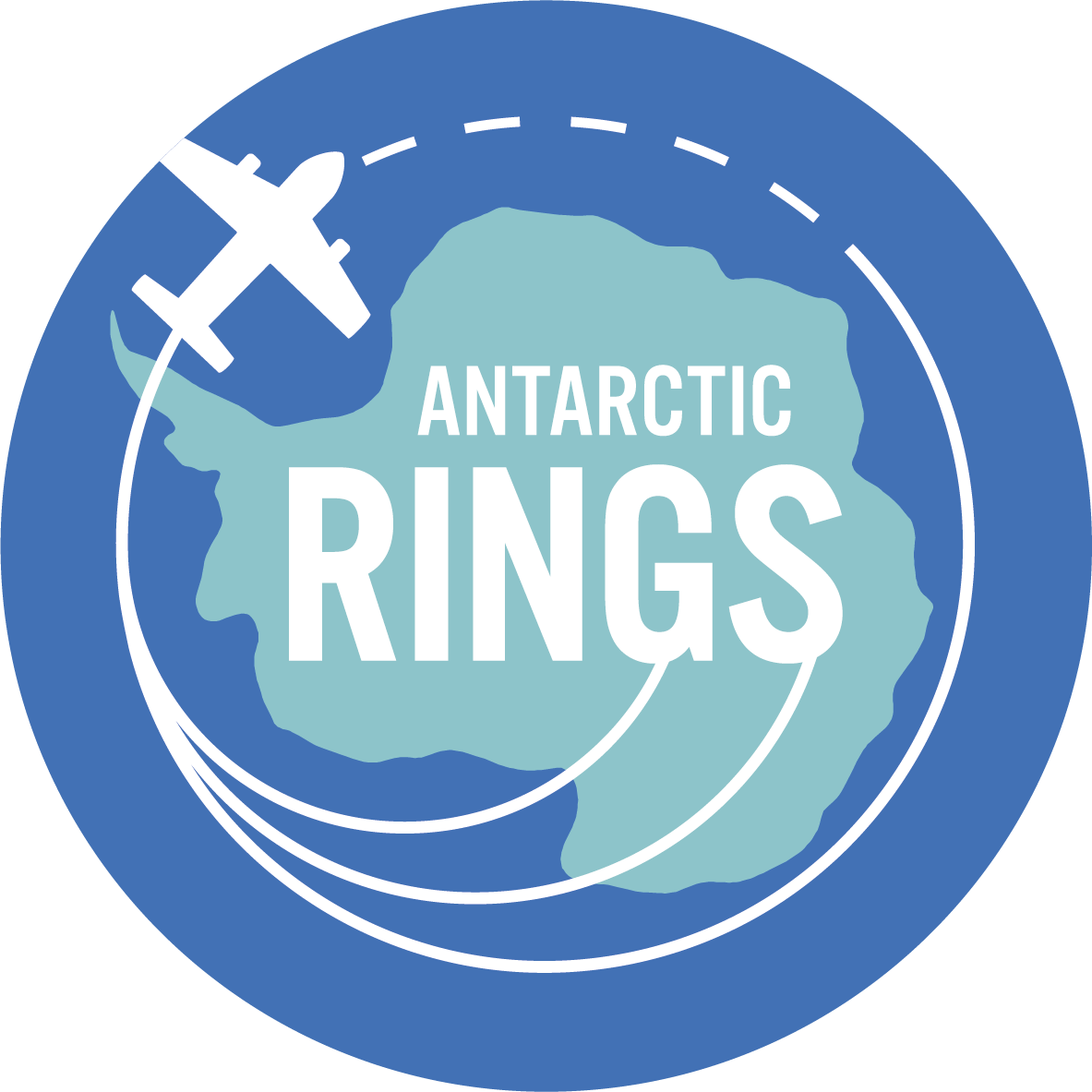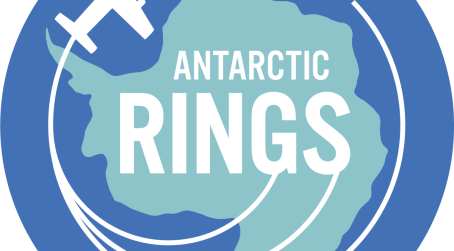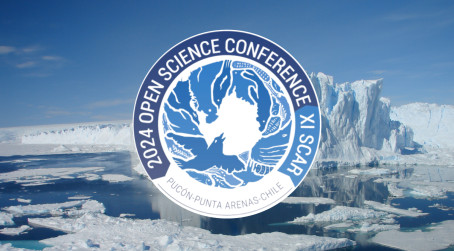Introduction and Background
IPCC’s recent Special Report on Ocean and Cryosphere in a Changing Climate (SROCC) addresses rapidly increasing sea-level contribution from the Antarctic Ice Sheet. The lack of ice thickness data at the margin of the ice sheet (grounding zone) is pointed out as one of the main sources of uncertainty for accurate estimation of Antarctic ice discharge. It is also the location where the bed topography matters the most as it controls the stability of the grounding zone. There is therefore an urgent need to carry out airborne surveys around the entire Antarctic Ice Sheet margin.
The ice discharge of the Antarctic Ice Sheet to the ocean can be calculated by a combination of ice thickness data and satellite-measured ice flow speed near the margin. While satellites such as Sentinel-1 and Landsat-8 can routinely measure ice-flow speed, limited knowledge of ice thickness leads to large uncertainties in ice discharge and eventually in overall assessments of Antarctic mass balance, estimated as the difference between ice discharge and mass input (snowfall) to the entire ice sheet. Mass balance estimated in this way currently has large discrepancies from other estimates based on gravity changes detected by GRACE/GRACE-FO satellites or ice-elevation changes detected by the CryoSat-2 and ICESat-2 satellites.
Ice thickness changes with time. However, once bed topography is measured using ice-penetrating radar with high precision and positioning control, ice thickness in the future can be monitored using ice sheet surface elevations measured with satellite altimetry missions such as CryoSat-2 and ICESat-2. According to existing BEDMAP and BedMachine compilations, ice thickness for more than half of the Antarctic margin remains inadequately known for estimating ice discharge. Also, availability of bed topography data is not uniform around Antarctica. Even for glaciers that are well studied, data are not always available continuously along the margin. This is because radar data are often collected along the ice flowline, rather than across the glacier. Compiling individual datasets collected for different purposes with different standards is a pragmatic, but not an ideal solution. Systematic collection of new radar data in the vicinity of the margin specifically aiming for ice-discharge estimates is a crucial step to monitor the current status, and predict the future, of the Antarctic Ice Sheet.
 Regions where the Antarctic Ice Sheet reaches the coast are fundamental to our understanding of the linkages between Antarctica and the global climate system. Knowledge of bed topography at the ice-sheet margin is critical for accurate estimates of current Antarctic ice discharge, while bathymetry under ice shelves, bed topography along major outlet glaciers, and geology and subglacial hydrology near the coast are critical factors for predicting the future of the Antarctic Ice Sheet. None of these fundamental boundary conditions is adequately constrained by observations along the 62,000-km long margin of the Antarctic Ice Sheet.
Regions where the Antarctic Ice Sheet reaches the coast are fundamental to our understanding of the linkages between Antarctica and the global climate system. Knowledge of bed topography at the ice-sheet margin is critical for accurate estimates of current Antarctic ice discharge, while bathymetry under ice shelves, bed topography along major outlet glaciers, and geology and subglacial hydrology near the coast are critical factors for predicting the future of the Antarctic Ice Sheet. None of these fundamental boundary conditions is adequately constrained by observations along the 62,000-km long margin of the Antarctic Ice Sheet.


